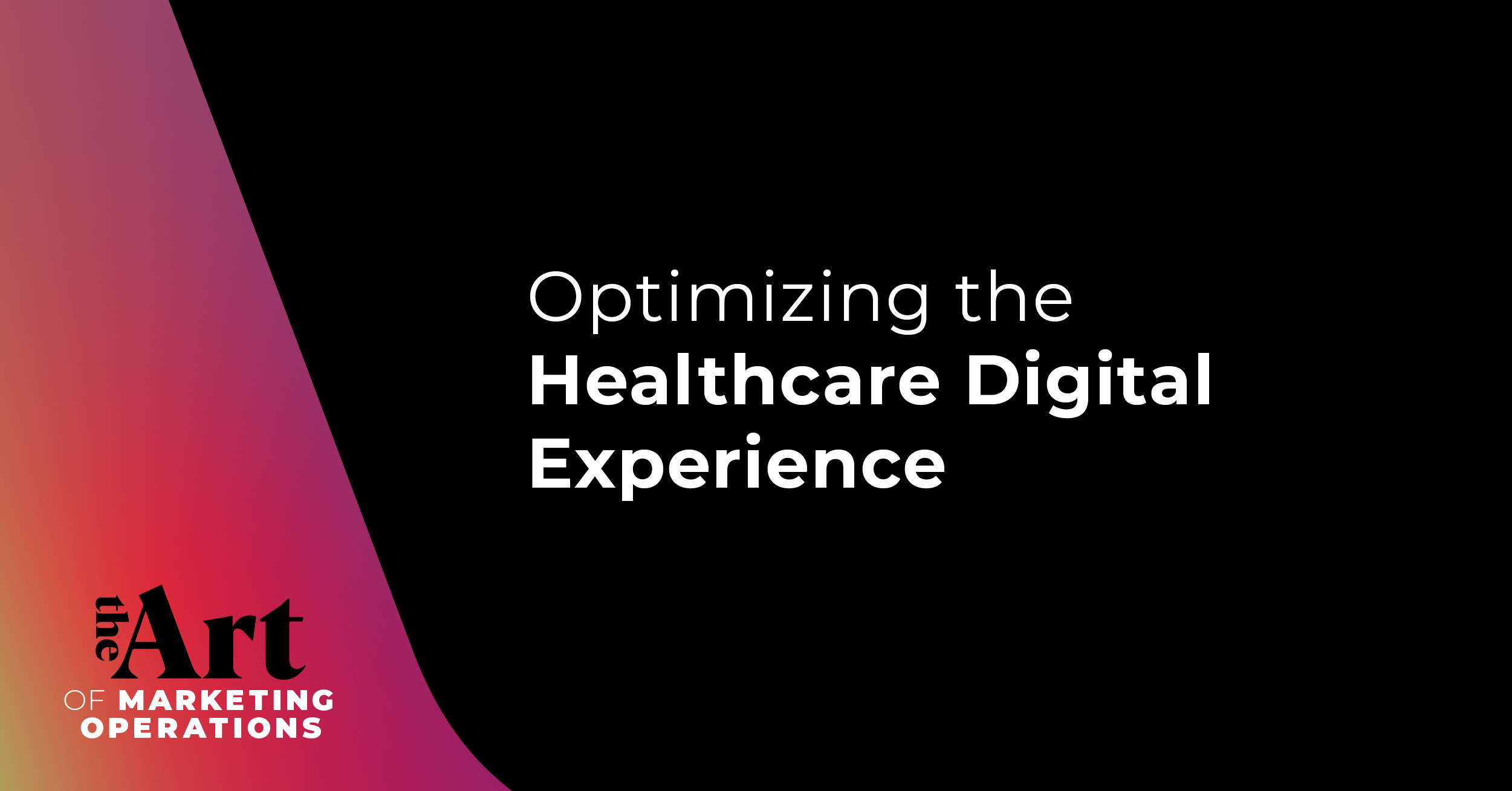Clinical engagement is a hot topic in the healthcare industry these days, and not just in the U.S. The Ministry of Health in Australia recently offered an excellent definition of the concept of clinical engagement and the many positives that result:
Engaged clinicians are willing to exceed the expected level of effort and feel inspired to do their best work. They are personally motivated to help an organization succeed and feel a sense of being part of a greater whole and being valued for their contribution.

Unfortunately, there is a downside to regularly exceeding the expected level of effort: physician burnout. According to the AMA’s 2022 National Burnout Benchmarking survey, 52% of responding physicians are experiencing high levels of stress and 51% admit to experiencing burnout.
Stress and burnout, in turn, have profound negative consequences on the quality of care. Researchers at the Mayo Clinic found that physicians who report making a major medical error were significantly more likely to have symptoms of burnout and fatigue.
This is a complex problem with many contributing factors, including ongoing shortages of doctors and nurses and the extreme demands caused by COVID-19. However, digital technologies specially engineered for the healthcare setting can be part of the solution. By strategically applying digital technology in ways that help combat burnout and prevent medical errors, we have the ability to enhance clinical engagement and improve the quality of patient care.
The Link Between Clinician Engagement and Patient Care
Protecting Clinicians from Burnout
The tragic case of RaDonda Vaught shined a spotlight on the precarious role that doctors and nurses play every day. Vaught accidentally administered a fatal dose of the wrong medication to a patient and was then charged with negligent homicide, facing up to eight years in prison.
Nurses and medical organizations rallied around Vaught. Supporters argued that her mistake was not a criminal act but rather the natural result of chronic understaffing in the nation’s hospitals. The case highlighted nurse-to-patient staffing ratios and the concern that healthcare workers feel overwhelmed by the sheer number of tasks that must be completed on each shift.
Digital tools, such as Vizabli’s patient communication tools, are one way to ease the burden on nurses and doctors. Each is designed to “put time back in the day” of the provider.
- Vizabli’s digital patient room door board communicates important care details before a doctor or nurse enters the room.
- Their centralized nursing board tool provides up-to-the-minute status information on all patients in a given hospital unit through a single, centralized digital dashboard.
- Vizabli’s mobile communications tools make it easier for patients, family members and healthcare providers to interact with each other, reducing the volume of time-consuming phone calls and emails.
Tools like these reduce the amount of time necessary to deliver high-quality care to each patient. As precious minutes are given back to doctors and nurses, the risk of burnout and error inevitably decline while clinician engagement and the quality of patient care increase.
Minimizing the Risk of Error
Healthcare professions are continually challenged to practice at “the top of the license” and perform procedures that will result in the greatest monetary reimbursement. Simply put, spend more time performing the maximum allowable tasks and less time doing things that someone on a lesser pay scale could do instead.
Of course, risk is the ever-present counterpoint to this goal. With every high-value task performed by a doctor or nurse, there exists the potential for errors and the legal liability they create. This is especially true for surgical procedures.
Here again, digital tools are available that ease this burden of risk for physicians and hospitals. iMedConsent™ from Taylor Healthcare reduces legal risk by standardizing and digitizing the informed consent process for patients.
- iMedConsent generates easy-to-understand consent forms in a digital format for more than 4,000 treatments in 37 clinical specialties.
- In many cases, these forms can be viewed at the patient’s convenience using a personal mobile device. Instead of flipping through paper forms in an anxiety-producing setting, the patient (or guardian) is able to review the digital consent forms thoughtfully in advance of the procedure.
- Once the patient/guardian is comfortable with the risks and alternatives described, they can provide a signature via a digital mobile device or digital signature pad. Those signed consent documents are then automatically stored to the EHR or patient portal.
Compared to paper consent forms, iMedConsent dramatically enhances the quality of the conversation between physician, patient and family members. A true “meeting of the minds” is more likely to exist, which then boosts clinical engagement and overall patient satisfaction.
Digital Tools: Preferred by Patients and Providers Alike
Adoption of such digital tools is gaining traction in the healthcare industry and there are two good reasons why.
- AMA research shows that 93% of physicians now feel that digital health tools are advantageous to patient care, up from 85% in 2016.
- NTT DATA Services found that 79% of patients are more likely to select a provider who offers online and mobile tools to aid interactions. In fact, 50% would change from their current provider to one that uses better technology tools.
Clearly, a paradigm has shifted in the healthcare industry in favor of digital tools like those described above. Physicians need them, patients demand them and both clinical engagement and the quality of patient care stand to benefit.





.png)




